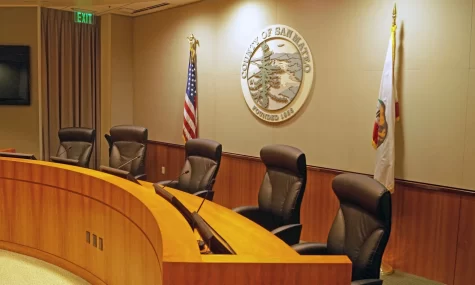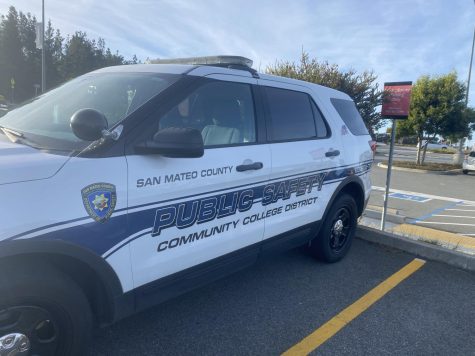El Niño season looms
This story was originally published in the Oct. 29 edition of The Skyline View.
El Niño has been reported to be one of the biggest storms to hit the Bay Area in recent years. Although it is supposed to help with the drought, there may be some cause for worry.
Research from the National Oceanic and Atmospheric Administration states that this year’s intense storm, referred to as ‘El Niño’, won’t necessarily cause California’s severe drought to end. Apparently, once an extreme storm hits a certain region of the world, it may result in a continuing drought period for the following year.
This year, El Niño will influence the storm across the Northern Hemisphere, although climate change has little involvement with its impact towards the drought. Instead, scientists predict that fluctuations in sea surface temperatures along the equator are to blame. Recently, the National Oceanic and Atmospheric Administration also published information on their website regarding “increasing warmth developing in the northeastern Pacific”.
In December 2014, a powerful rainstorm flooded the Bay Area, causing damage to schools, highways, and many public facilities. Many residents thought the storm could be equivalent to an El Niño, but weather reports from the National Oceanic and Atmospheric Administration government website .And yet, California was still experiencing the peak of the drought. Although the storm produced over 5 inches of water, reservoirs and grass still appeared drier than ever. However, this year, state officials are hoping for a more positive impact from the excess amount of rainfall.
Skyline College encountered flash floods and severe weather during last year’s storm, and students were unable to get to class.
Skyline Student Chris Amaro said, “At my place it was [flooded]… On El Camino Real, near See’s Candies, the whole intersection was flooded.”
Amaro said he had to drive through the deep water to get to class, only to find out that classes were going to be cancelled.
Another Skyline student, Jose Cartagena, said, “I’ve read articles in the past couple weeks, that encourage getting flood insurance because we’re going to get heavy [rainfall].”
Skyline College Science Laboratory Technician Gary Cheang said that students and faculty members were worried about the flood and its possible destruction to the campus.
“We got emails from people who were bothered by coming into work because of the downed branches,” he said.
Cheang added that the school could have taken more measures to prevent the issue from occurring, although he thinks that El Niño will be beneficial this winter.
“I think it’s great for the drought, since we’ve been having no rain for the past few years.”
Problematic issues regarding the water shortage arose in 2011, when the state first experienced extreme periods of low rainfall. But additional precautions were taken when California Gov. Jerry Brown declared a Drought State of Emergency earlier this year. Shortly after his announcement, a statewide mandatory water reduction was established, a commitment that the San Mateo County Community College District is currently involved in. This involvement includes all three campuses and water usage has already been reduced by over 25 percent since the beginning of the semester.
“There has been a reduction in the water usage due to irrigation practices on campus,” Skyline College Sustainability Coordinator Allison Callow said.
The District has made a number of substantial changes as far as water reduction and had developed a comprehensive water efficiency program. This has served as a model for not only Skyline but all the community colleges in the district as well.
According to Public Relations at Skyline College, Cherie Colins, “Through the conservation measures that have been taken at Skyline, it has saved hundreds of thousands of gallons on campus.”
Skyline has already taken action as well for El Niño through reparations of the schools structure and maintenance, cleaning out storm drains and tree maintenance from clogging the drains, storing sand bags at key locations and training facility to be able to quickly respond to any rain water issues.
Although water consumption has been minimized due to the drought, Callow stressed that students can do more than just taking shorter showers, or turning the faucet off when brushing their teeth to prevent the waste of water.
“Students can get involved in the organizations on campus,” Callow said. “The Environmental Club meets on the first and third Tuesday of every month.” She added that other schools have even “started their own awareness projects on campus”.












